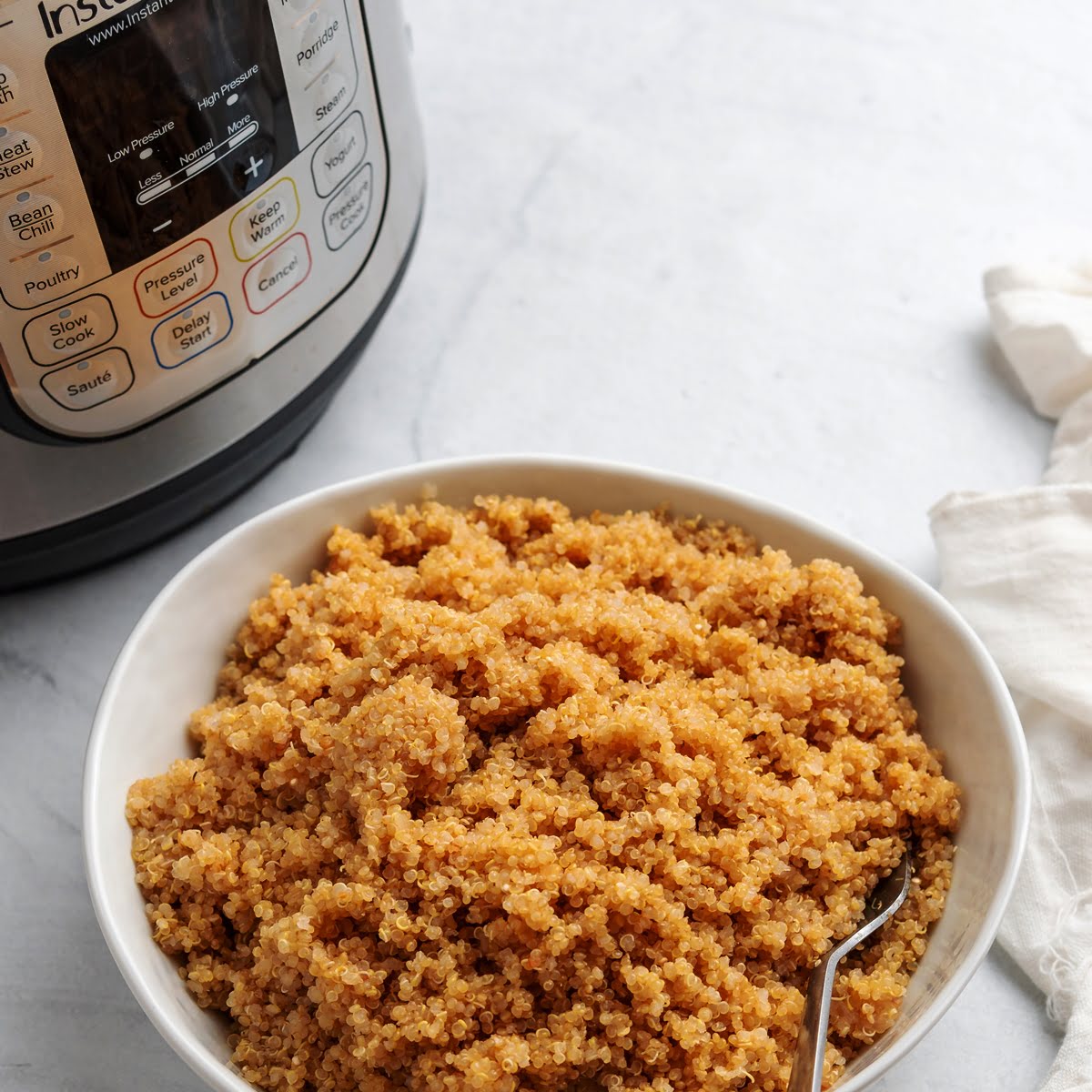
Instant Pots are all the rage these days, and for good reason. These magical kitchen gadgets can whip up a delicious meal in a fraction of the time it would take using traditional cooking methods.
But have you ever wondered just how they pull off this culinary wizardry? How do Instant Pots cook so fast?
To get why Instant Pots are such time-savers, we need to take a closer look at what goes on under the lid.
Jump to:
How Does An Instant Pot Work?
If you're like me, you've probably heard the buzz about the Instant Pot. This electric pressure cooker has taken kitchens by storm. But what exactly is it and how does it work its magic?
In a nutshell, an Instant Pot is a multifunctional electric pressure cooker. It's a single appliance that does the job of a slow cooker, pressure cooker, rice cooker, steamer, yogurt maker, sauté pan, and warmer. Talk about a kitchen superhero.
The secret lies in the sealed cooking pot and the trapped steam. By sealing the pot, the Instant Pot traps steam and builds pressure.
This is what allows it to cook food so quickly and efficiently. The high pressure also forces liquid and moisture into the food, resulting in tender, flavorful dishes.
But here's the best part: the Instant Pot makes pressure cooking totally foolproof. No more babysitting the stove or worrying about safety. Just push a few buttons and let the Instant Pot do its thing. It's like having a personal chef right in your kitchen.
How Do Instant Pots Cook So Fast?
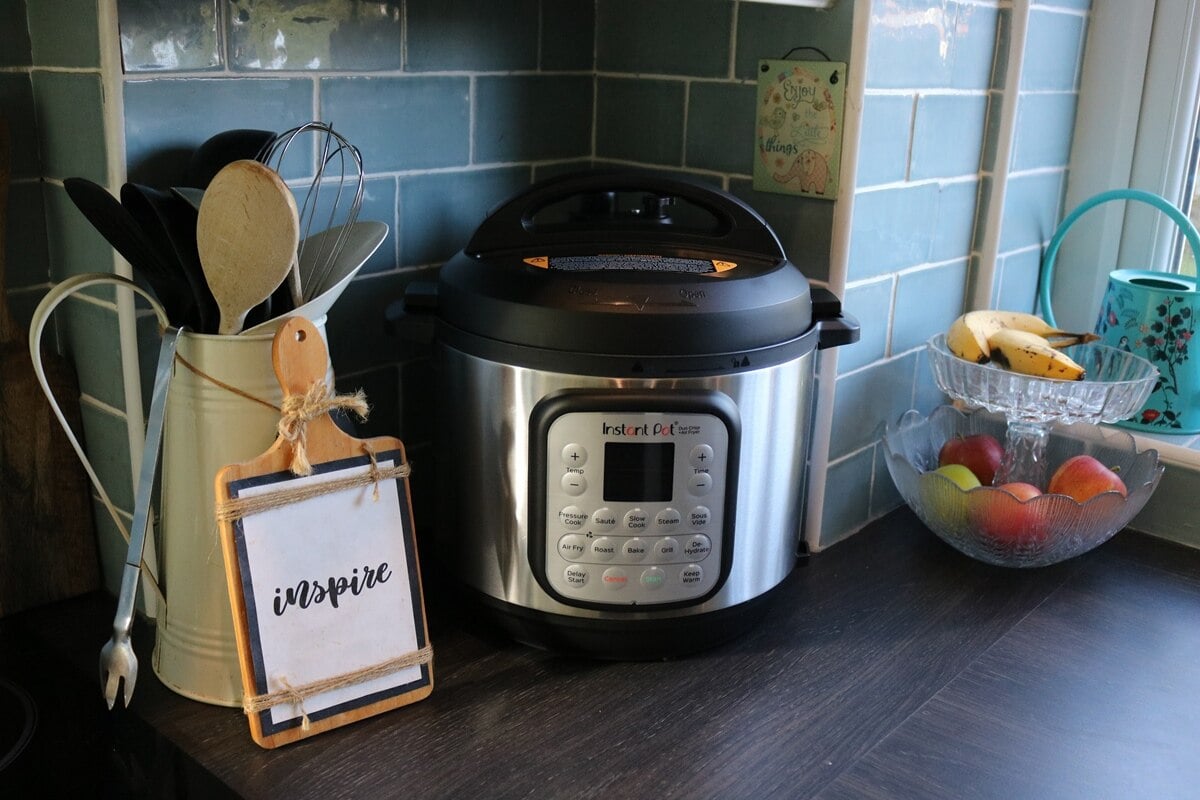
So, we know the Instant Pot is fast. But why exactly does pressure cooking speed things up so dramatically? It all boils down to some simple science.
Under pressure, steam becomes a powerful heat conductor. In the sealed environment of the Instant Pot, steam heats food evenly and quickly from all sides. A dish that would typically take hours in the oven can finish cooking in under an hour in the Instant Pot.
Maximum Boiling Point of Water
At sea level, water boils at 212°F (100°C). But under pressure, the boiling point of water increases. In the Instant Pot, water can remain a liquid at temperatures as high as 250°F (121°C). The high heat speeds up the cooking process and is why certain foods cook faster in an Instant Pot.
Pressure Allows Water to Boil at Higher Temperature
Compared to other methods, the high pressure inside the Instant Pot raises the boiling point of water. This means more energy (in the form of heat) is transferred to the food. The extra energy leads to a shorter cook time.
In fact, pressure cooking can cut cooking times by up to 70% compared to using a regular pot or other traditional methods. For example, a pot roast that would typically take 3-4 hours in the oven can be fork-tender in about an hour in the Instant Pot.
Factors That Affect Instant Pot Cooking Times
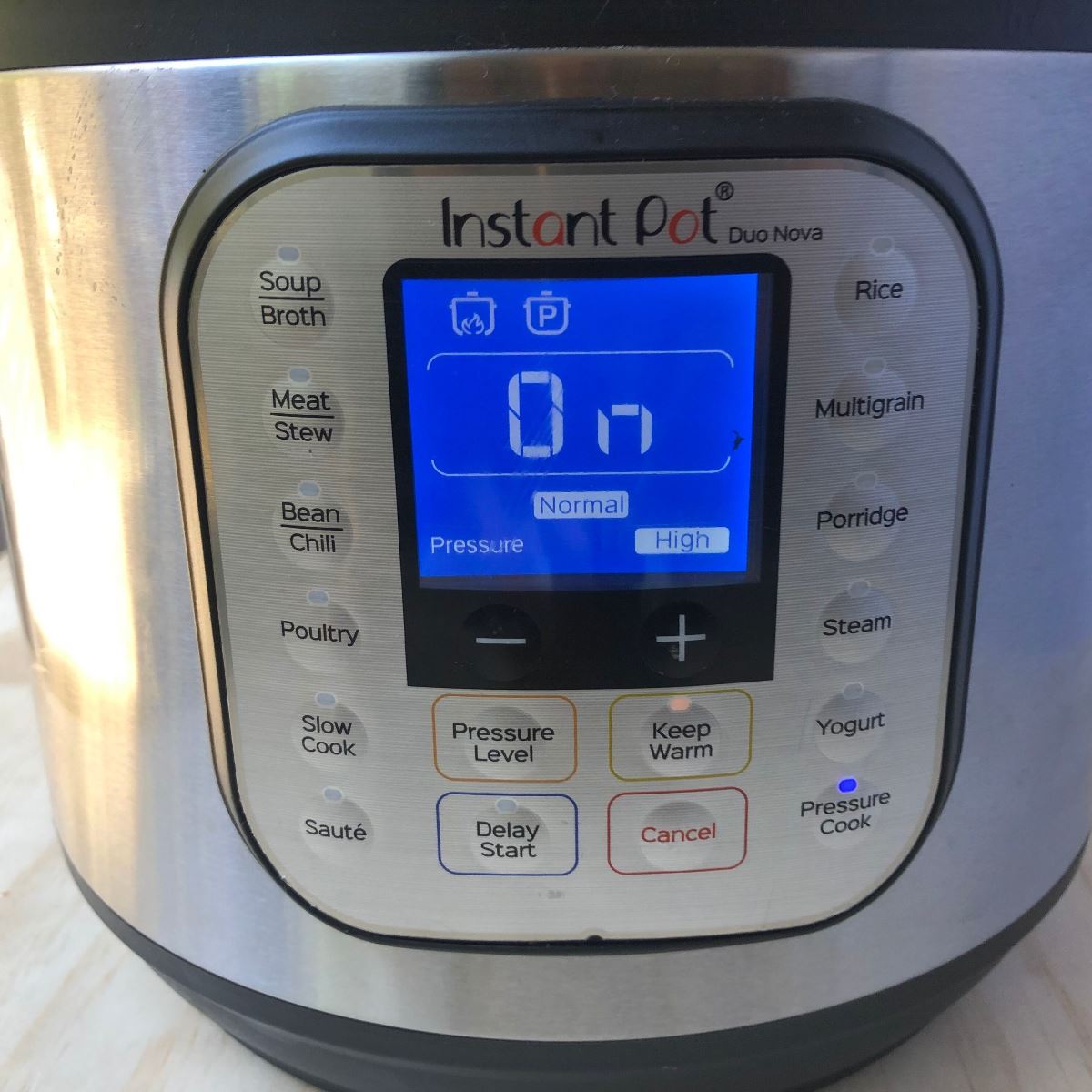
While modern pressure cookers are known for their speed, cooking times can still vary. Several factors can influence how long it takes for your meal to be ready. For example, the Instant Pot has two main pressure release methods: natural release and quick release.
With natural release, the pressure dissipates gradually on its own. This can add 10-30 minutes to your cooking time. On the other hand, the quick release method involves manually releasing the pressure, which stops cooking immediately.
Altitude and Pressure
At higher altitudes, air pressure decreases, and this affects how much time is needed when cooking food. As a rule of thumb, you need to increase cooking time by 5% for every 1,000 feet above 2,000 ft elevation.
So, if a recipe calls for 10 minutes of high pressure cooking, you would need to cook for 11 minutes at 3,000 ft elevation.
Liquid Quantity Requirements
Pressure cookers work by using liquid to create steam. Most Instant Pot recipes call for at least 1 cup of liquid. If there's not enough liquid, it won't be able to reach the required pressure level, which can lead to undercooked food or even scorching.
The total cooking time also depends on the volume and density of the food. A large, dense cut of meat will take longer to pressure cook than diced vegetables.
Despite these variables, the Instant Pot remains a remarkably efficient and convenient way to get dinner on the table. With a bit of experimentation and practice, you'll be able to adjust recipes to work perfectly for your altitude and preferences.
What Foods Are Best Suited for Instant Pot Cooking?
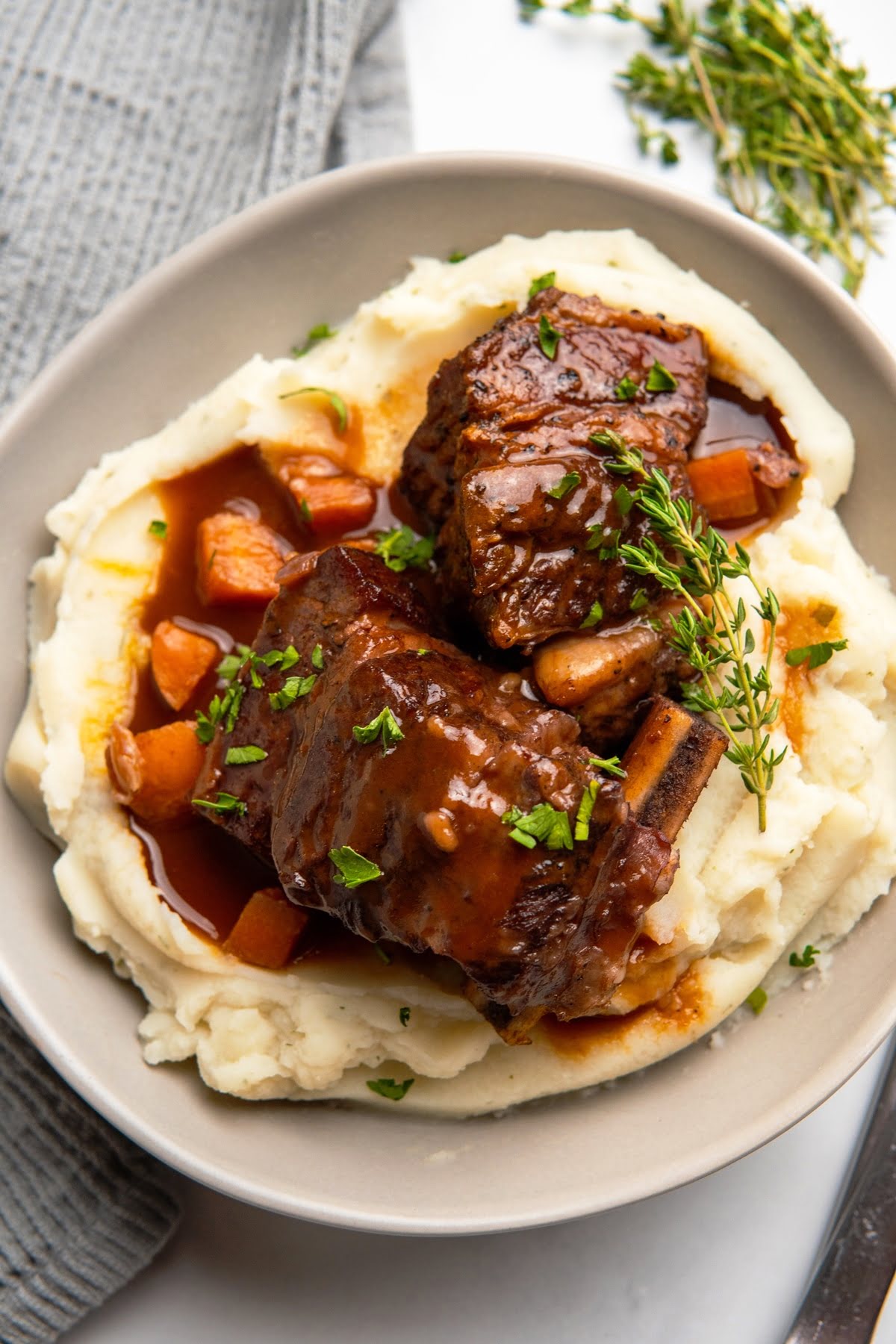
The Instant Pot is a game-changer when it comes to cooking delicious, hearty meals in a fraction of the time. I've found that it's particularly great for slow cook recipes that would normally take hours on the stove or in the oven. Think tender pot roasts, fall-off-the-bone ribs, and melt-in-your-mouth stews.
The Instant Pot works its magic by trapping steam and building pressure, which helps break down tough cuts of meat and infuse them with flavor. But it's not just for slow cooker recipes. By simply adjusting the pressure settings, you can use it to cook grains like rice, quinoa, and steel-cut oats.
Plus, let's not forget about those creamy, dreamy risottos and silky smooth yogurts that the Instant Pot churns out with ease.
I've even used mine to make cheesecake, and it turned out amazing. The steam digester function creates the perfect environment for a luscious, evenly cooked cheesecake without any cracks or dryness.
Of course, the Instant Pot is also a pro at cooking up basics like hard-boiled eggs, steamed veggies, and perfectly cooked beans from scratch. No more canned beans for this home cook!
Now, here's the real secret: The Instant Pot makes good food accessible to everyone, even if you're short on time or not confident in the kitchen. It takes the guesswork out of cooking and makes it easy to get a wholesome, delicious meal on the table without spending hours slaving away in the kitchen.
So whether you're a busy parent, a working professional, or just someone who loves good food but hates spending all day in the kitchen, the Instant Pot is your new best friend. Trust me, once you experience its magic, you'll never go back to stovetop pressure cookers again.
Instant Pot Safety Features and Precautions
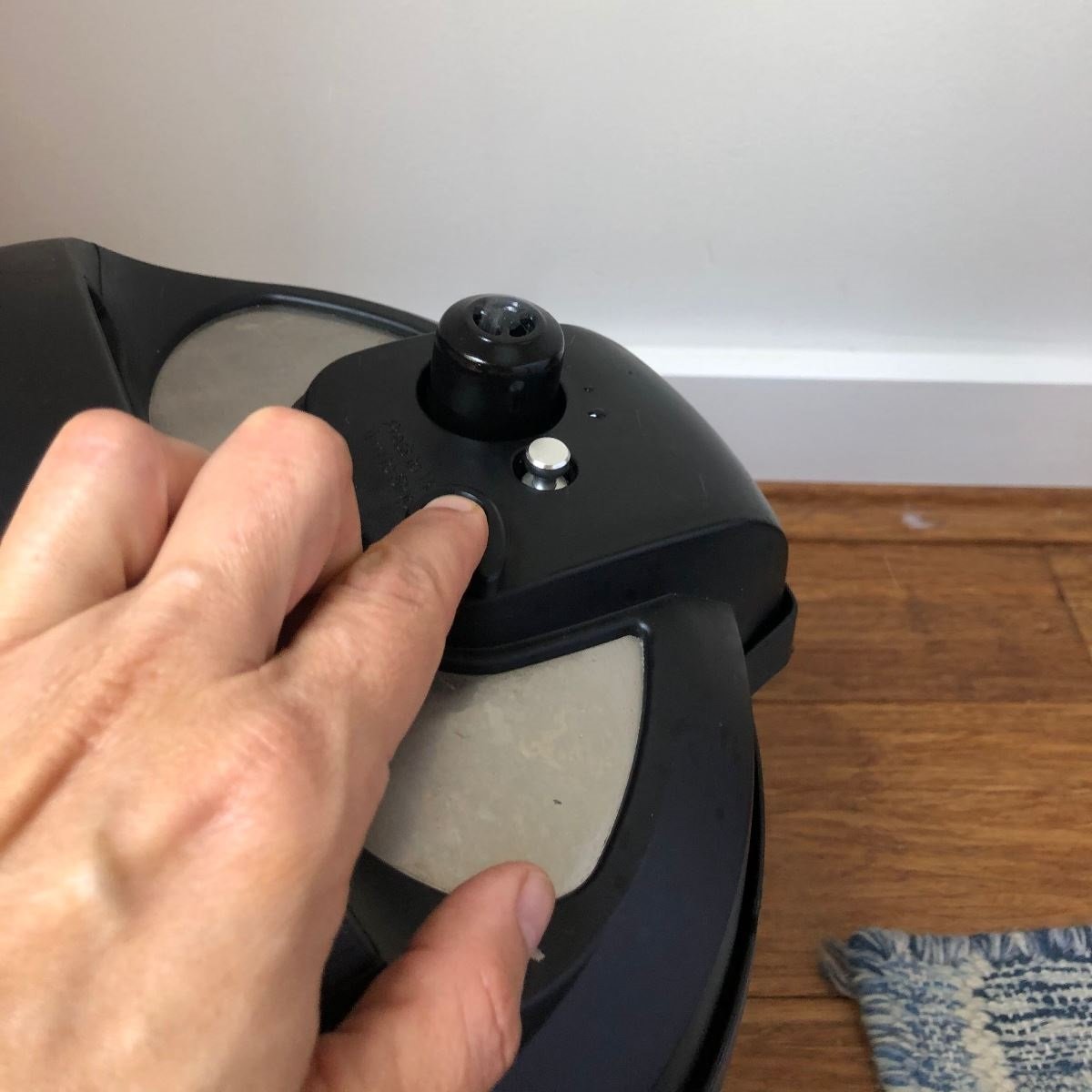
I get it. The idea of cooking with pressure can be a little intimidating at first. We've all heard those horror stories about old-school pressure cookers exploding and making a mess of the kitchen.
But here's the thing: modern electric pressure cookers like the Instant Pot are designed with safety in mind. They have multiple fail-safe features to prevent any dangerous situations from happening.
- Safety Lid: First and foremost, the Instant Pot has a sturdy locking lid that stays securely in place while pressure builds inside the pot. It physically cannot be opened until the pressure is released, so there's no risk of the lid flying off and causing injury.
- Pressure Release Valve: The Instant Pot also has a pressure release valve that allows you to release steam and pressure safely when you're done cooking. Some models even have an auto-sealing pressure valve that closes automatically when enough pressure and steam inside have built up.
- Backup Safety Valve: If for some reason the pressure gets too high and reaches the temperature danger zone, the Instant Pot has a backup safety valve that will release excess steam to prevent any dangerous situations.
A good rule to keep in mind to ensure safety is to always follow the instructions and safety guidelines provided in the manual. Don't overfill the pot, use the recommended amount of liquid, and never try to force the lid open.
It's also important to keep the pressure release valve and steam escape vents clean and clear of any blockages. I like to give mine a quick check before each use to make sure everything is in working order.
When it's time to do a quick release of pressure, always use a long spoon or tongs to turn the valve. Keep your hands and face away from the steam escape to avoid any burns.
With these simple safety precautions and the Instant Pot's built-in safety features, you can cook with confidence knowing that your pressure cooker is safe and reliable.
The Instant Pot Advantage
So there you have it, folks – the science behind the lightning-fast cooking powers of Instant Pots. From the incredible heat-conducting properties of steam to the pressure-induced temperature boost, these ingenious devices harness the laws of physics to serve up deliciousness in record time.
Armed with this knowledge, you're ready to take your Instant Pot game to the next level. Experiment with different recipes, play with cooking times, and watch in awe as tough cuts of meat transform into tender, juicy perfection.
With an Instant Pot as your trusty sidekick, you'll be churning out restaurant-quality meals faster than you can say "dinner is served." Now, go forth and embrace the magic of pressure cooking. Your taste buds (and your busy schedule) will thank you.


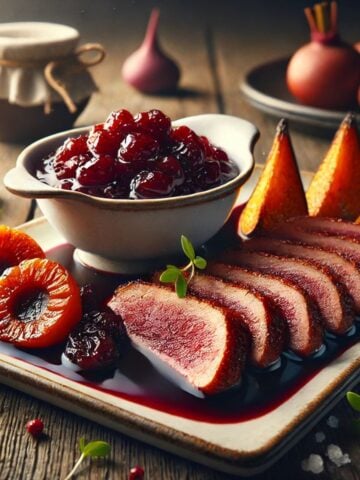



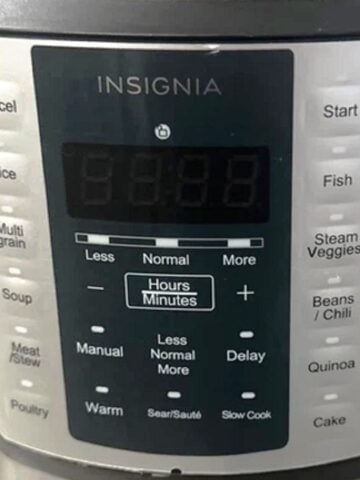
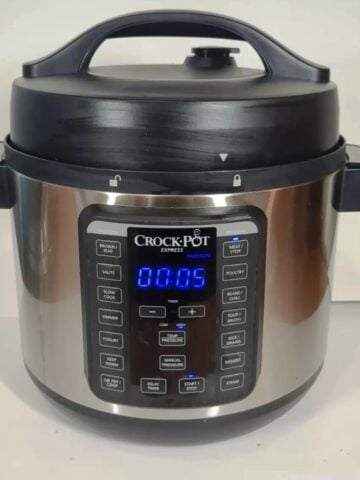

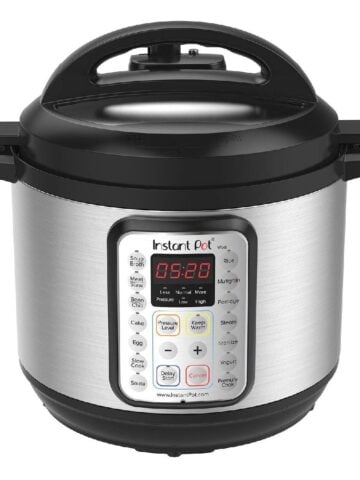
Leave a Reply